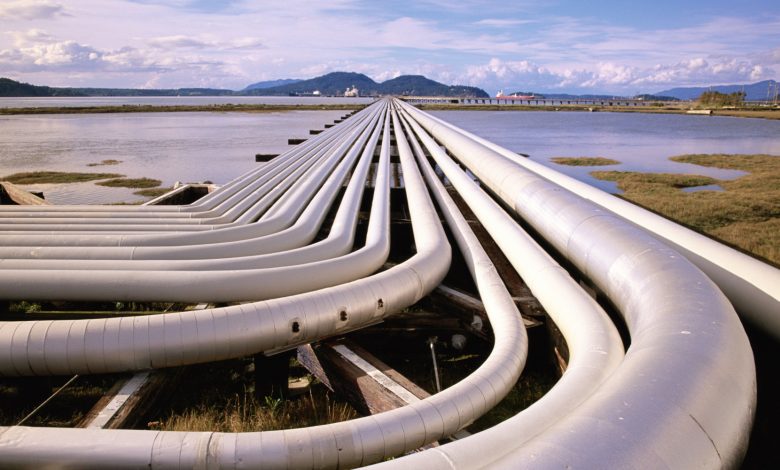The Fifty Year Battle Over the World’s Third Largest Energy Reserve

The Mackenzie Valley Pipeline
The Mackenzie Valley Pipeline has been a long-debated project to transport natural gas from Canada’s Beaufort Sea through the Northwest Territories and into existing gas pipelines in northern Alberta. According to the Canadian government, the region is estimated to contain up to six trillion cubic feet of proven natural gas reserves and about 166 billion barrels of oil, making it the third largest energy reserve in the world. As a result of the prolonged debate over the development of this project, businessmen and investors have had to employ new tactics in an attempt to harness public support for the project, which includes offering vast economic incentives for the region.

Accessing the Oil
The Mackenzie Delta and the shallow waters of the Beaufort Sea hold immense quantities of oil and natural gas. The vast quantities of fossil fuels were first discovered here in the 1960s, after nearly 200 test wells were drilled to reveal 60 separate oil and gas fields (Bone, 2012).
A plan was first proposed in the 1970s to build a 1,196 km gas pipeline that would transport natural gas from the Mackenzie Delta to North American markets. However, this proposal was put on hold for decades after a scathing report led by Canadian politician Thomas Berger revealed that a gas pipeline may cause permanent environmental damage to the region.

The Continued Debate
The debate regarding the development of the pipeline has since gained much momentum throughout the 2000s because of a proposal to share the nearly $4 billion in the projected pipeline profits with the local Canadian communities. During the 1970s, the indigenous First Nations people had vehemently opposed the building of any pipeline from the Mackenzie Valley to the United States. However, after the new economic development proposal was revealed by the pipeline developers, the First Nations people now overwhelmingly support the projected pipeline.
When the project was first unveiled nearly half a century ago, the First Nations strongly opposed the pipeline because of the fear that it would adversely impact their way of life. The indigenous Canadian populations relied heavily on the natural environment for survival. The projected need for 7,200 workers, 130 gravel mining sites, a convoy of heavy equipment, trucks, tractors, and aircraft had created a great deal of apprehension among the First Nations people (Berger, 1988). However, as part of today’s debate, many First Nations communities are arguing for the immediate development of the Mackenzie Valley pipeline. They have radically altered their position on the pipeline because the revised development plan would bring in numerous job opportunities and nearly one-third of the projected profits would be shared. Since the First Nations people no longer rely on the land to survive as they did back in the 1970s, the notion of economic benefits from the pipeline has been viewed positively in recent years.

Uncertain Plans
While the force behind the development of the Mackenzie Valley Pipeline seems to have shifted favorably for the developers following the revised plan to share the economic benefits with local Canadian communities, the project still remains on hold. In 2016, the National Energy Board of Canada extended the project’s construction deadline to 2022 to allow more time for the regulatory process. Imperial Oil, Shell, ExxonMobil, and ConocoPhillips were originally granted construction permits in 2011, but were delayed due to environmental concerns. Now, after nearly 50 years of planning and debating the development, the Mackenzie Valley Pipeline faces a series of arduous regulatory hurdles that need to be addressed before the 2022 deadline.
Sources
Canadian Broadcasting Corporation. (2012) “Twenty-five years after the Berger pipeline inquiry,” CBC Digital Archives.
Berger, T. R. (1988) “Northern frontier, northern homeland: the report of the Mackenzie Valley Pipeline Inquiry.”Vancouver: Douglas & McIntyre. pp. 14-29.
Bone, R. M, (2012). The Canadian North: Issues and Challenges. Toronto: Oxford University Press. pp. 169-185.



